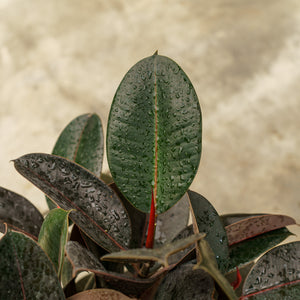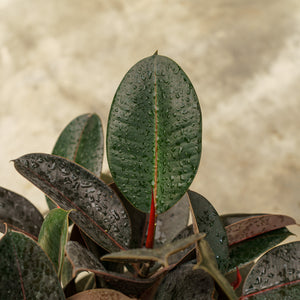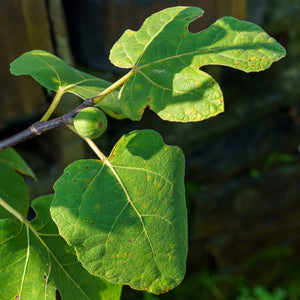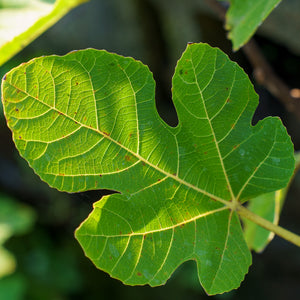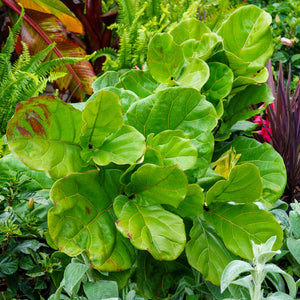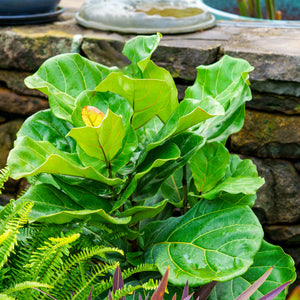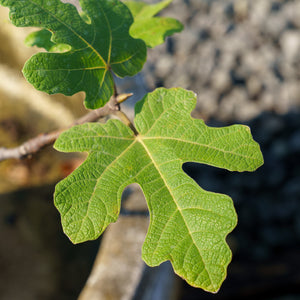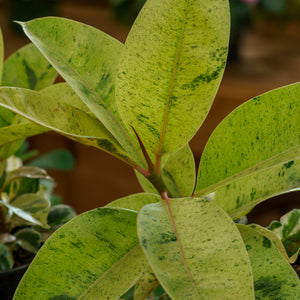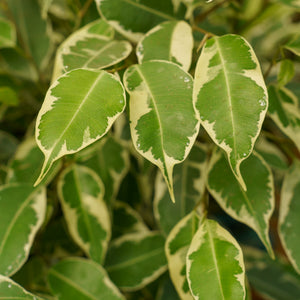The Ficus Guide
Ficus, known for its lush foliage and elegant forms, brings a touch of greenery and sophistication to any garden or indoor space. With their versatile growth habits and striking appearance, Ficus plants are perfect for adding an eye-catching focal point to borders, containers, and interior decor. These plants are admired for their ability to thrive in a variety of conditions and their minimal maintenance requirements. Whether you're aiming to enhance your indoor plant collection, create a serene garden space, or add a sculptural element to your landscape, Ficus offers a captivating and versatile solution.
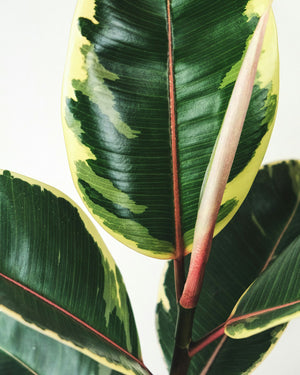
About
Ficus, commonly known as fig trees, belong to the Moraceae family and comprise around 850 species of trees, shrubs, and vines. Native to tropical and subtropical regions around the world, Ficus plants are renowned for their attractive foliage, which can range from large, broad leaves to small, delicate ones. The genus includes popular houseplants such as Ficus benjamina (Weeping Fig), Ficus elastica (Rubber Plant), and Ficus lyrata (Fiddle Leaf Fig).
Ficus plants have been cultivated for thousands of years, both for their ornamental value and their edible fruit, particularly the common fig (Ficus carica). The fig tree has significant cultural and historical importance in various regions, symbolizing prosperity, peace, and fertility. Many Ficus species produce small, fig-like fruits that are often edible and serve as food for wildlife, including birds and mammals. The intricate pollination process involving specific wasp species is essential for the production of these fruits, showcasing a fascinating example of mutualistic relationships in nature.
Ficus plants are highly adaptable and can thrive in a range of environments. They are known for their ability to improve indoor air quality by filtering out common pollutants such as formaldehyde, benzene, and trichloroethylene. This makes them an excellent choice for enhancing the air quality in homes and offices.
Ficus species exhibit diverse growth habits, including upright trees, spreading shrubs, and trailing vines. Some Ficus plants, like Ficus benjamina, can grow into large, graceful trees with weeping branches, while others, like Ficus pumila (Creeping Fig), are used as ground covers or for climbing walls and trellises. The leaves of Ficus plants are typically glossy and can vary in shape, size, and color, with some species featuring variegated or patterned foliage.
In their native habitats, many Ficus species are known for their impressive aerial root systems, which can form intricate structures and even create natural bridges. These roots help stabilize the plant and allow it to access additional nutrients and water.

Planting
Ficus plants require specific planting conditions to ensure their successful establishment and flourishing growth:
- Soil: Use well-draining soil rich in organic matter. A mix of potting soil, perlite, and compost works well, ensuring the right balance of moisture retention and drainage.
- Light: Provide bright, indirect light for optimal growth. Ficus can tolerate lower light conditions, but their growth and leaf color will be more vibrant with more light. Avoid direct sunlight, which can scorch the leaves.
- Watering: Water thoroughly, allowing the top inch of soil to dry out between waterings. Reduce watering during winter when growth slows.
- Humidity: Moderate to high humidity levels are ideal. Increase moisture by misting the leaves, using a humidifier, or placing a pebble tray nearby.
- Temperature: Maintain temperatures between 65-75°F (18-24°C). Protect plants from cold drafts and sudden temperature changes.
- Container: Choose pots with drainage holes to prevent waterlogging. Ensure the container accommodates the plant’s root system and allows room for growth.

Care
Ficus plants thrive with proper care. Follow these guidelines:
- Watering: Keep the soil consistently moist but not soggy. Reduce watering in winter and avoid using hard water to prevent leaf spots.
- Fertilizing: Feed with a balanced, water-soluble fertilizer diluted to half strength every 4-6 weeks during the growing season. Avoid over-fertilizing to prevent salt buildup.
- Pruning: Trim yellowing or damaged leaves and prune stems to maintain the desired shape and size. Use clean tools to prevent infections.
- Pests and Diseases: Inspect regularly for pests like spider mites, aphids, and mealybugs. Treat infestations with neem oil or insecticidal soap. Proper humidity and watering reduce pest issues.
- Repotting: Repot every 2-3 years or when the plant outgrows its container. Spring is ideal for repotting.
- Leaf Care: Gently wipe leaves with a damp cloth to remove dust and improve photosynthesis.
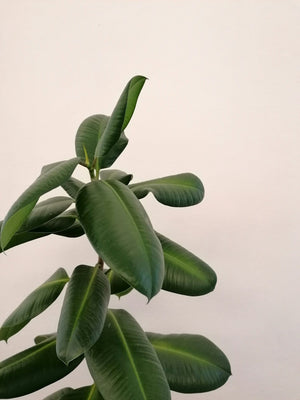
How To Use
Ficus enhances any space with its lush foliage and versatility:
- Indoor Decor: Use Ficus as a striking houseplant in living rooms, bedrooms, or kitchens. Ficus benjamina and Ficus lyrata are popular for their elegant forms.
- Office Plants: Place Ficus in offices for greenery and improved air quality.
- Patios and Balconies: Grow Ficus in containers for portable outdoor displays. Use decorative pots for added impact.
- Tropical Gardens: Incorporate Ficus into garden designs alongside palms and ferns.
- Borders and Accents: Use as border plants or focal points in garden beds.
- Living Walls: Add smaller Ficus varieties to vertical gardens for texture.
- Public Spaces: Perfect for lobbies, restaurants, and other public areas.
Conclusion
Ficus is a timeless addition to any garden or indoor space. Its lush foliage, adaptability, and minimal maintenance needs make it a standout choice for gardeners and plant enthusiasts alike. With proper care, Ficus thrives in diverse environments, offering year-round beauty and air-purifying benefits. Whether enhancing a tropical garden or creating a serene indoor oasis, Ficus brings elegance, structure, and vibrant charm to any space.





